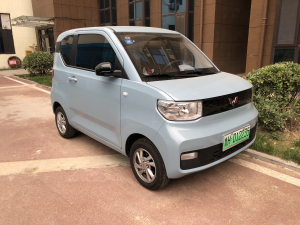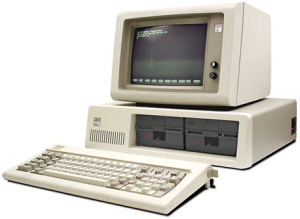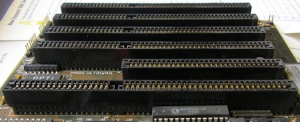
There is no electric equivalent of a Chevy or Ford. All we have are Cadillacs and Lincolns.
There are two reasons for this.
First, American car companies abandoned the mid-market decades ago. They abandoned sedans and functional cars for overloaded SUVs and pick-ups. It’s what they said their customers wanted. It’s where the profits were. The mid-market was left to the Japanese and Koreans. Most of the sedans in my middle income Atlanta neighborhood are Toyotas or Kias.
Second, everyone wants to be Tesla. Tesla made a luxury product, they got top dollar for it, and they got big profits from it. Every other U.S. and European car company is following that path. You can hardly blame them. GM tried small cars with the Volt and Bolt. Both failed.

Let me then propose an experiment, based on the technology history I’ve personally witnessed.
Build a car like an old IBM PC.
I spent most of the late 20th century using IBM PCs or close clones. I usually bought them “stripped.” There was a “PC Bus” with extra slots I could fill later with add-in boards offering more memory or supporting new applications as they arrived on the market. Which they did.
As time passed, this died out. It became cheaper to buy a new PC than to upgrade the old one. But it built a huge market, one that a lot of other companies could take advantage of.

There have been efforts to create a standardized system for electrics. GM has one called the Ultium. Volkswagen has the MEB standard.
All I’m really suggesting are two tweaks. First, offer stripped-down, upgradeable versions of these cars, which can be sold at a low, low price. Second, open the standards up to other companies, as IBM and Microsoft did back in the day. We’ll talk about open source later. For now, just try an open standard, designed for mass production, and get the U.S. back into the mid-market.









